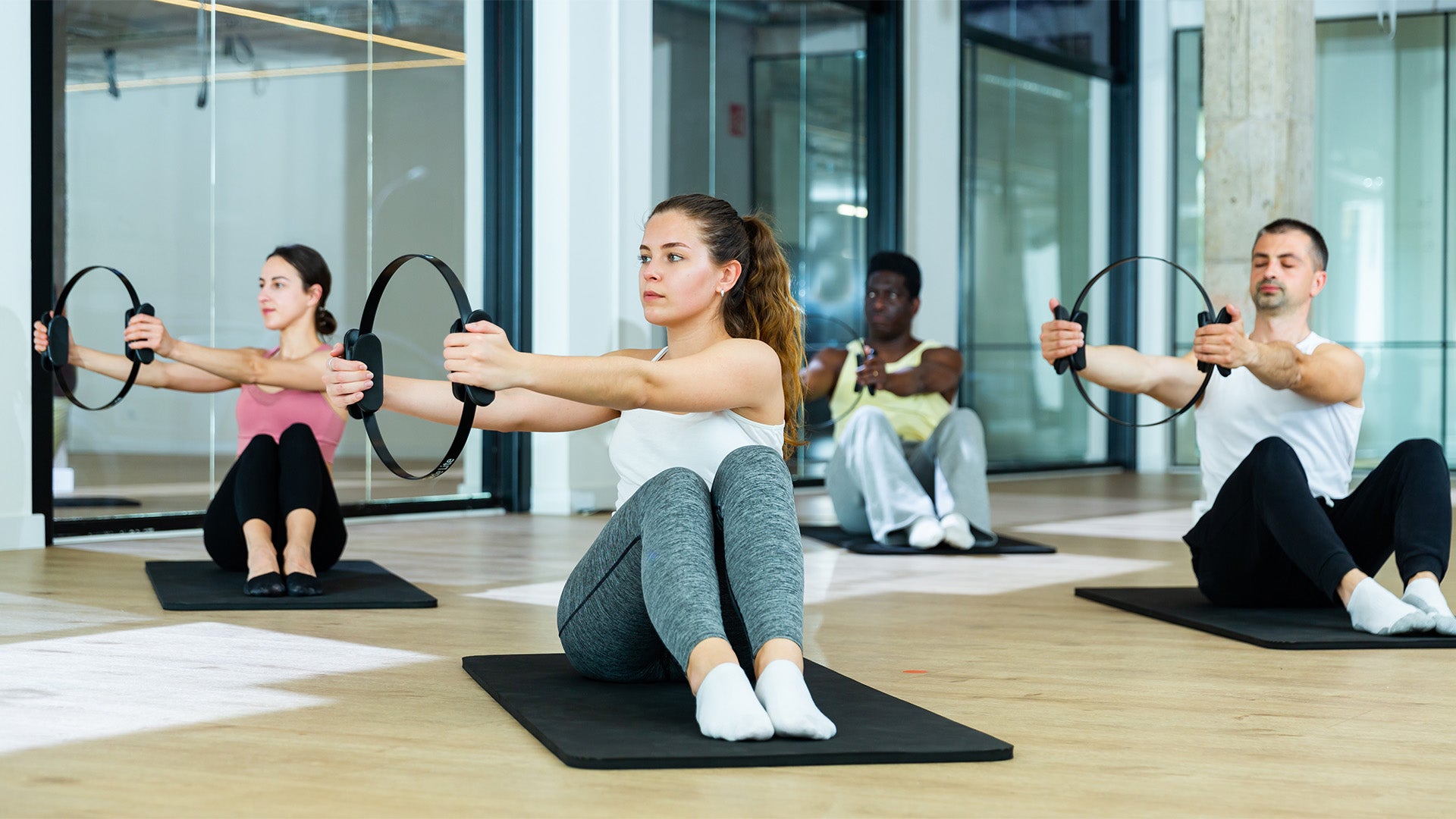Fit To Be Fast How Building Strength Helps You Build Speed
Outside of strength & conditioning circles, the average person doesn’t realize how related being strong and being fast truly are. The layman tends to think of these things in silos without realizing that if you want to be fast, you have to be strong.
Strength truly is a prerequisite for speed. Now, this doesn’t mean that everyone who is strong is also fast and that’s because there are different types of strength as defined by the strength curve.
These run on a continuum from maximum force with very low velocity (maximal strength) all the way to low force/load with high velocity (pure speed).
We all know track athletes or basketball players who are certainly fast but may not be strong in a traditional, weight room sense. That said, just because they aren’t conventionally strong doesn’t mean that they aren’t strong in a different area of the strength curve (e.g. speed or speed strength).
The other consideration here is that most people aren’t necessarily born with the innate ability to move their body with max intent as seen in sprinting.
This is where building your strength can help drive your efforts in speed development.
Intent & Movement
One of the main ways strength training helps with speed development is through motor unit recruitment.
According to the textbooks, “motor unit recruitment refers to the activation of additional motor units to accomplish an increase in contractile strength in a muscle. A motor unit consists of one motor neuron and all of the muscle fibers it stimulates.”
Recruiting motor units (or strength recruitment as famed strength & conditioning coach Marv Marinovich used to call it) is a way to teach athletes how to activate potentially dormant musculature and how to use their bodies to project force.
The net result is a potentiating effect on muscles’ ability to produce force via expanded capabilities of the nervous system to recruit more muscle (and potentially recruit preexisting muscle fibers with more contractile strength).

Brawn From The Brain
Remember that strength is a neurological quality. The average person doesn’t necessarily make the connection that the quality of your strength abilities depends on the quality of the dialogue between nervous and musculoskeletal systems.
Now that you have these foundational concepts down, know that Speede offers a multi-modal solution to help drive the strength that is a prerequisite for speed development.
Research supports that general strength development in a variety of movement patterns (e.g. traditional movements like lunges or even isolated ones like hamstring curls) helps improve speed numbers, as well. These effects are especially dramatic in developing athletes (student athletes) and untrained individuals. All of Speede’s modes can help your general strength development.
If you want to get more surgical, concentric mode and isometric mode are phenomenal ways to hyper target the strength recruitment needed for high level speed development.
If you look at the research supporting French Contrast Training (or post activation potentiation)—a training concept in which a strength or power movement is succeeded by a dynamic/ballistic or explosive movement—it essentially describes the above recruitment improvements.
The key driver as described by strength coaches and researchers alike is the intent to move fast. So rather than simply performing a strength movement without paying attention to how it’s cued or executed may have limited transfer to speed development.
Circling back to concentric mode, throughout the entire duration of the positive-only (or upwards-only) position or the rep, the goal is for the athlete to try to move the load (bar, handles, etc. attached to the pulley system) as fast as possible. This helps provide as much maximal motor unit recruitment and tissue activation as possible for the maximal neural expression needed for displays of speed in-game.
This will also help get the working tissues strong through a certain key range of a motion while allowing the negative portion of the movement to stay more elastic, relaxed, and not be subjected to as much bracing and excessive co-contraction. This refers to the “muscling through” movements seen when athletes who are too specialized on the powerlifting side of the equation try to do elastic abilities and end up being slower because they’ve trained their nervous system to brace force maximally for excessive periods and repositioned joints in a way that doesn’t reflect most sports performance.
Isometric mode works in the same fashion (in the context of this potentiating effect)—only at a fixed joint angle of your choosing.

Takeaways
If you want to be fast, you’ve got to be strong. This doesn’t mean you have to be able to deadlift the whole gym, but being fast means you need to be able to move with forceful intent.
By introducing quality, targeted strength training for speed development into your regimen, you can help support the underlying neurological qualities needed for explosive movement.



